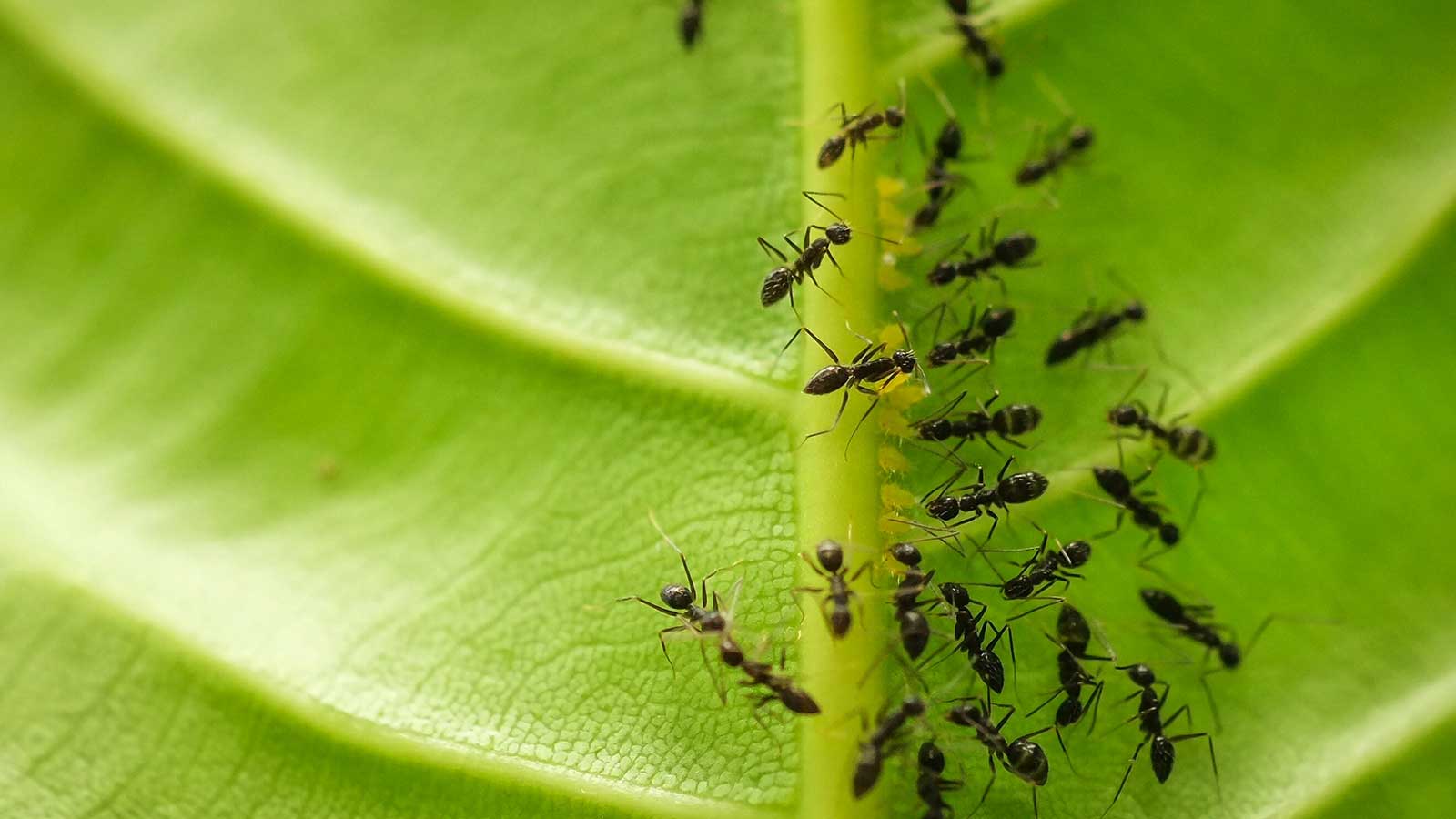
Spring can be a busy time in our gardens. The emerging green shoots and blooming bulbs always lift the spirits, and there's plenty to be getting on with in terms of planning and seed planting. However, despite all the excitement and anticipation, it's important to be on the lookout for backyard pests, as many become more active as the weather warms.
If left unchecked, these interlopers can wreak havoc on your vegetable garden and other plants. What's more, some of them – like ants or wasps – can spoil the ambiance of your outdoor living space if they get out of hand.
The good news is there are plenty of ways to keep them at bay, including natural pest-control approaches. Below, industry professionals share their tips, from DIY deterrent sprays to covering crops.
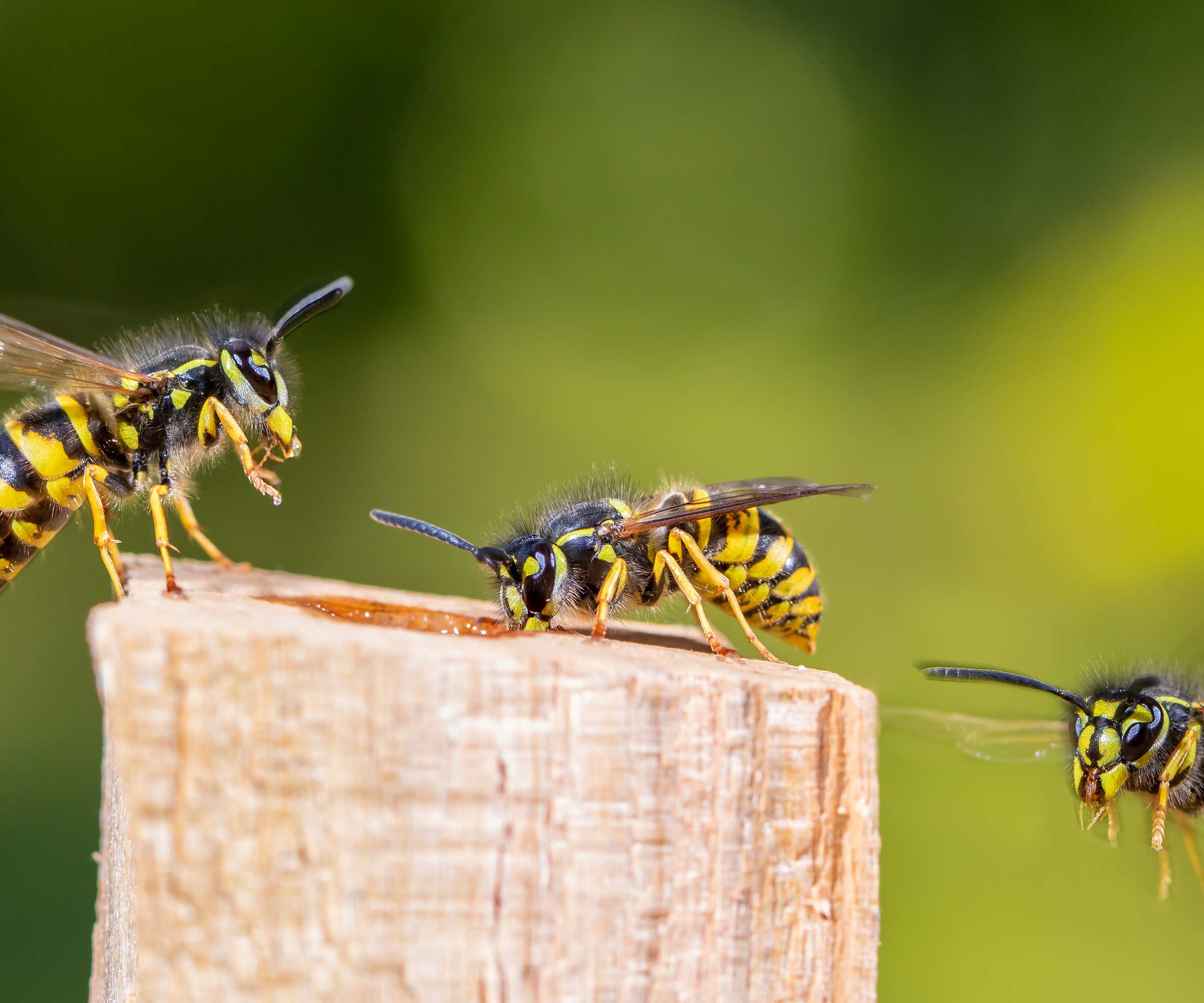
5 spring garden pests to watch out for
Of course, many beneficial insects are also around in the spring, so take care to only tackle problematic pests.
'Pollinators, like bees and butterflies, help flowering plants reproduce, and predatory insects like ladybugs, praying mantids, and spiders eat garden and home pests invading your yard,' says Emma Grace Crumbley, an entomologist at Mosquito Squad Plus.
1. Flea Beetles
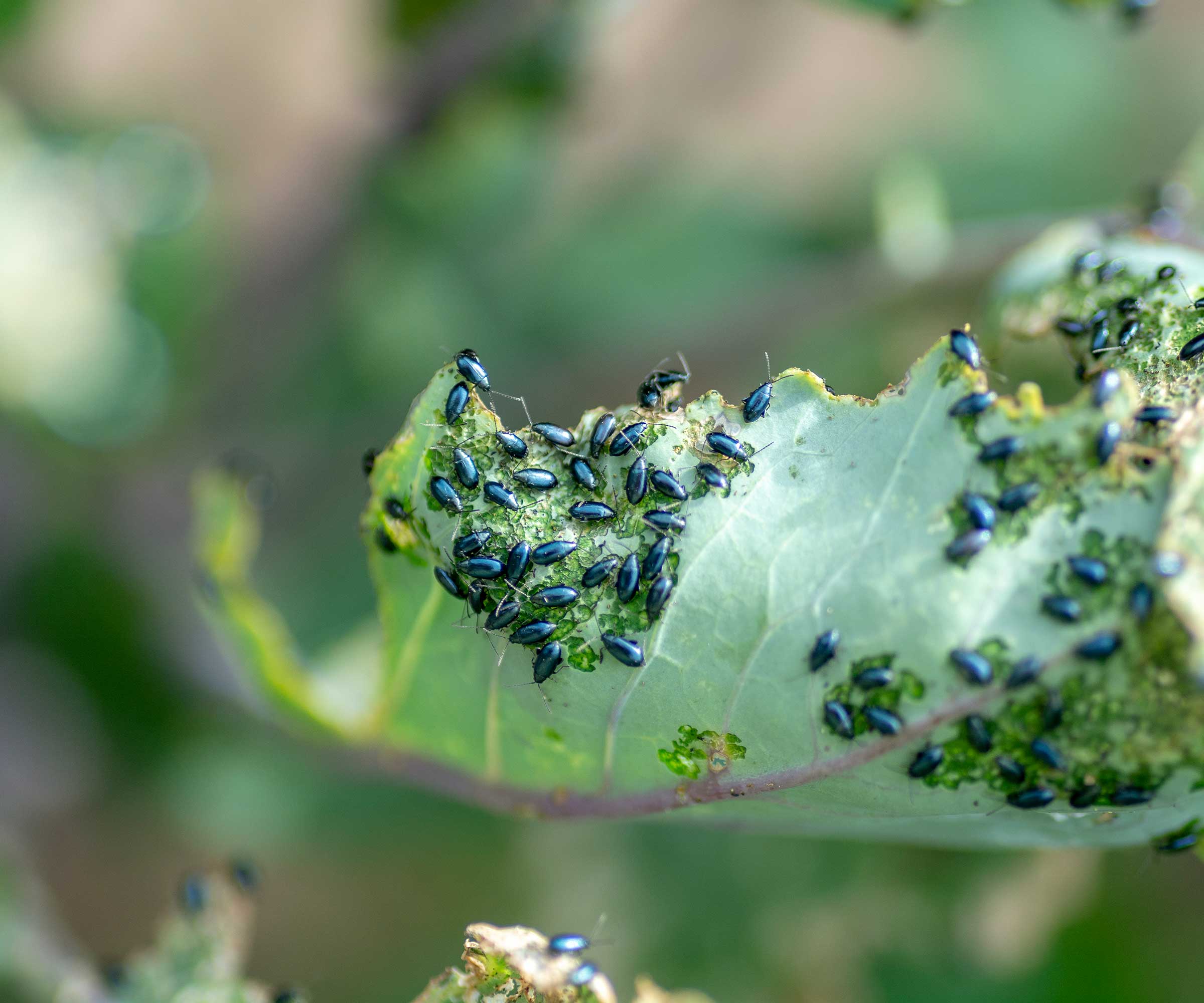
'Flea beetles are small, shiny beetles that feed on garden vegetables, flowers, and weeds,' says Emma Grace. 'Both the beetle grubs and adult beetles can devastate plants, with the grubs feeding on the roots and the adults feeding on the leaves and fruits.'
Dr. Ngan Nguyen Rawlings, a pest-control expert at ScottsMiracle-Gro, warns that young seedlings are especially vulnerable. 'Flea beetles cause the most damage during the spring season, so inspecting and monitoring your garden as seedlings emerge is important.'
As a natural control method, she suggests using floating row covers early in the season to block flea beetles from reaching plants. 'Make sure to remove row covers before flowering, so pollination can occur. Companion planting with trap crops, like radishes, can also help lure beetles away from more valuable crops,' she adds.
Another trick, recommended by Brad Guerrera, owner of Expert Pest Control, is to dust your plants with kaolin clay – 'it creates a protective barrier that makes it harder for them to feed.' A homemade garlic and pepper spray also works, he adds. 'Blend two cloves of garlic, one hot pepper, and a quart of water, strain it, and spray on affected plants.'
Looking to treat a larger or more persistent infestation? Ngan recommends applying Ortho® Bugclear™ Insect Killer for Lawns & Landscapes Ready-to-Spray (available from Amazon). 'Always follow label instructions, especially for specific edible plants that you are spraying, including the application rate and the days to wait before harvest,' she adds.
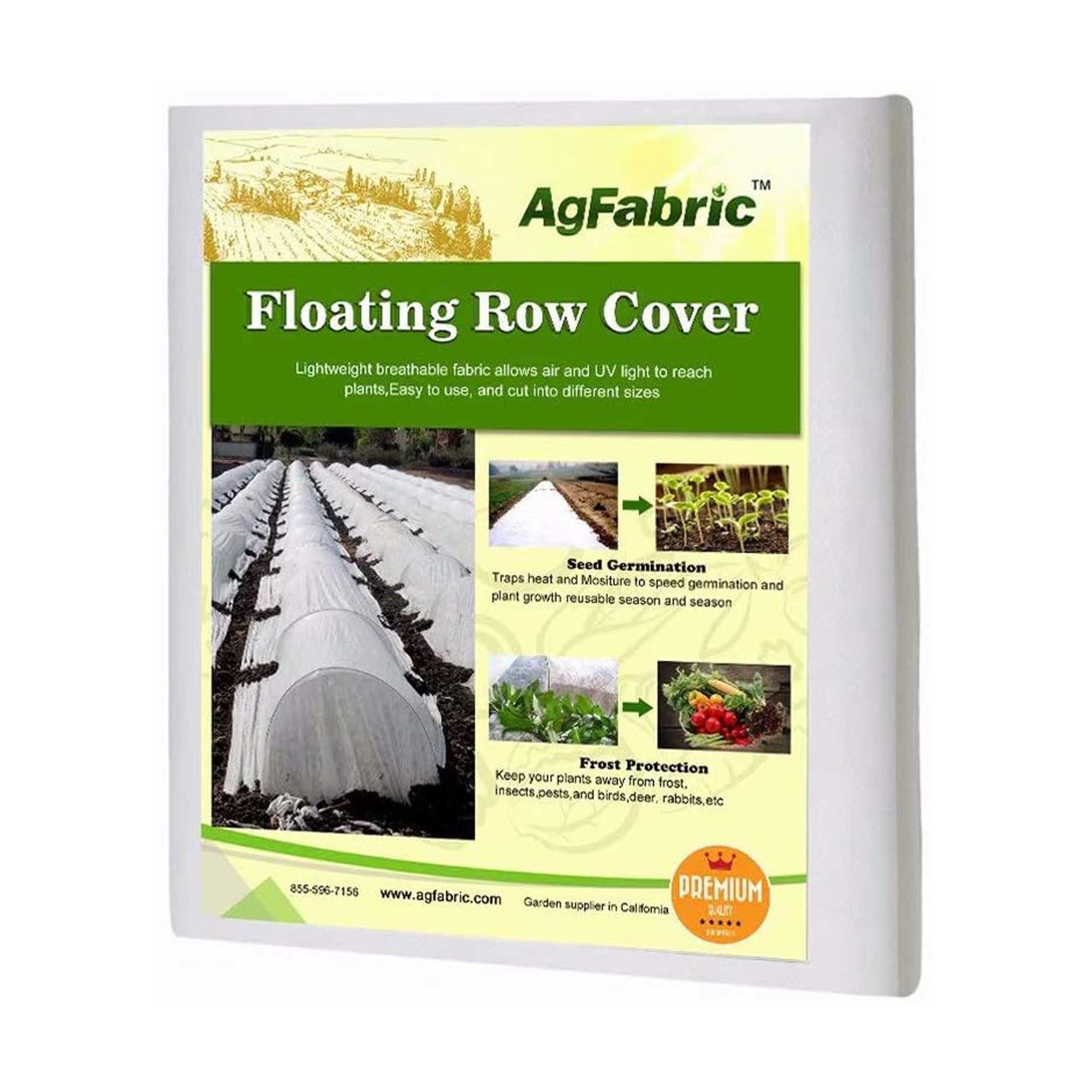
Protect your crops from both pests and cold snaps with these lightweight and breathable covers.
2. Wasps
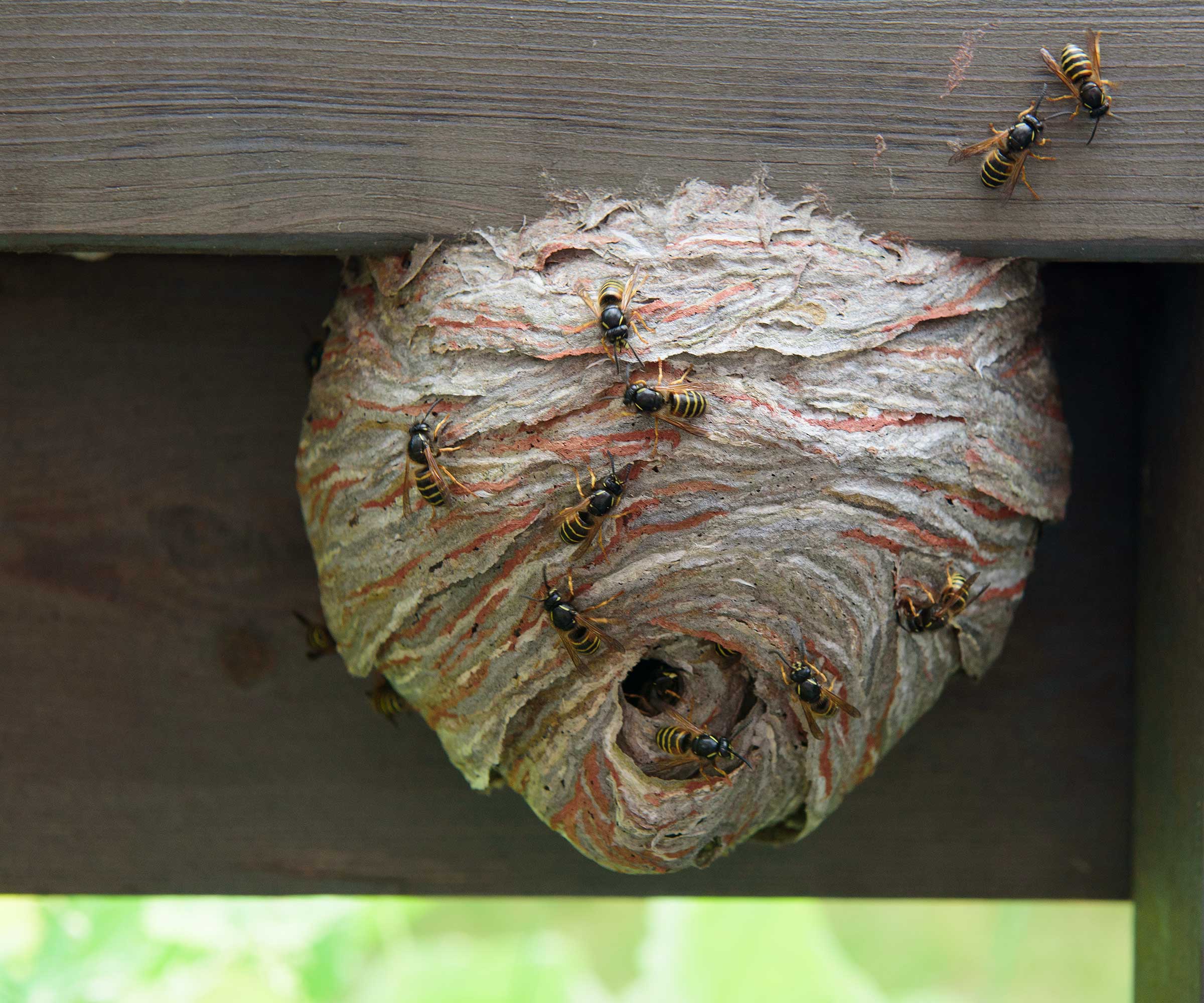
It may seem surprising, but wasps have their benefits in a backyard. They can be helpful pollinators, as Brad points out, while Emma Grace says they can hunt and control garden pests, like beetles and grasshoppers.
'However, too many wasps near your garden can make enjoying your outdoor space challenging, especially if you are allergic,' Emma Grace continues. She advises looking out for multiple wasps flying near your garden, which may mean there's a nest nearby.
According to Ngan, paper wasps and yellowjackets are common in backyards and can become aggressive if their nests are disturbed. 'Yellowjacket nests can be located above or below ground, whereas paper wasps are open "umbrella-shaped", paper-like nests found above ground only.'
As the weather warms, queen wasps emerge from their winter hibernation and look for somewhere to build a nest, so it's best to start preventative tactics early. Brad recommends hanging a fake wasp nest to deter them (since wasps avoid building near existing nests), while Ngan advises sealing potential nesting areas, such as gaps and openings into walls, roofs, and doorways.
'Yellowjacket or wasp traps that utilize a food lure are commonly sold online and in stores and can help suppress and reduce nearby wasp populations,' Ngan adds.
If a wasp nest does establish and is proving a pain, you may wish to turn to stronger methods. 'If removal of above-ground nests is necessary, there are several wasp and hornet killer foaming sprays that can be applied at a distance,' says Ngan.
'Always follow label directions, that include applying to nests in the early morning or evening when wasps are less active. The foam reaches deep into nests to ensure thorough control.'
Always be cautious and wear proper protection when dealing with wasps. If in any doubt, contact a professional to get rid of them safely.
3. Imported Cabbageworm
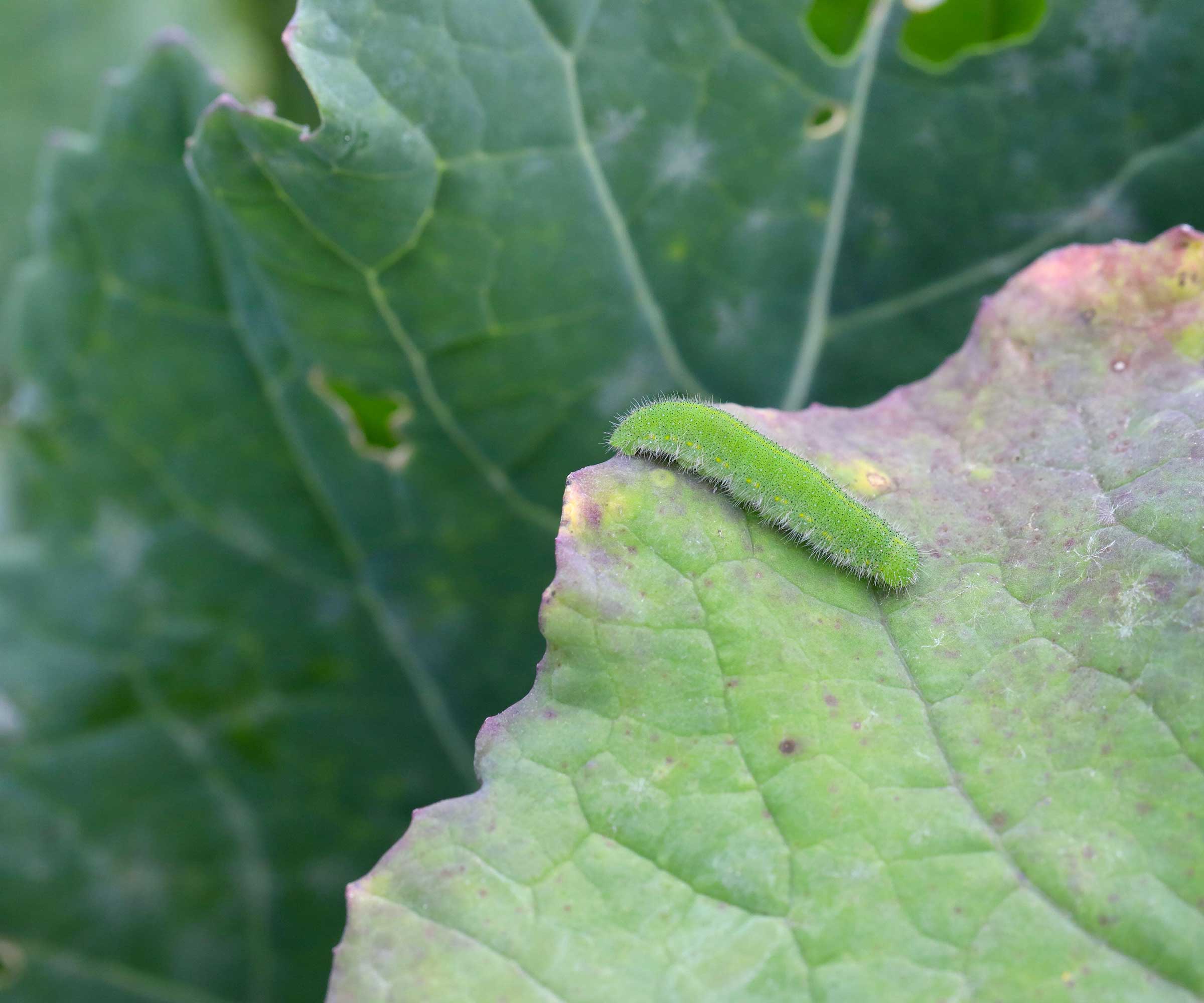
The white butterflies look pretty as they flit around the spring garden, but their larvae, the imported cabbageworm, can wreak havoc on your vegetable patch. 'These green caterpillars can strip cabbage, kale, and broccoli down to nothing if left unchecked,' warns Brad.
Emma Grace notes how this pest is a little trickier to deal with as the caterpillar is the problem, while the adult butterfly is a pollinator. 'I recommend physical controls as the first method in controlling small infestations,' she says. 'Add covers to plants to prevent butterflies from laying eggs, and hand-pick caterpillars as seen crawling on plants.'
'If infestations persist, Ortho® Insect Mite & Disease 3-in-1 Ready-To-Use [available from Amazon] offers effective control and is designed for edible plants,' Ngan adds.
4. Bean Seed Fly
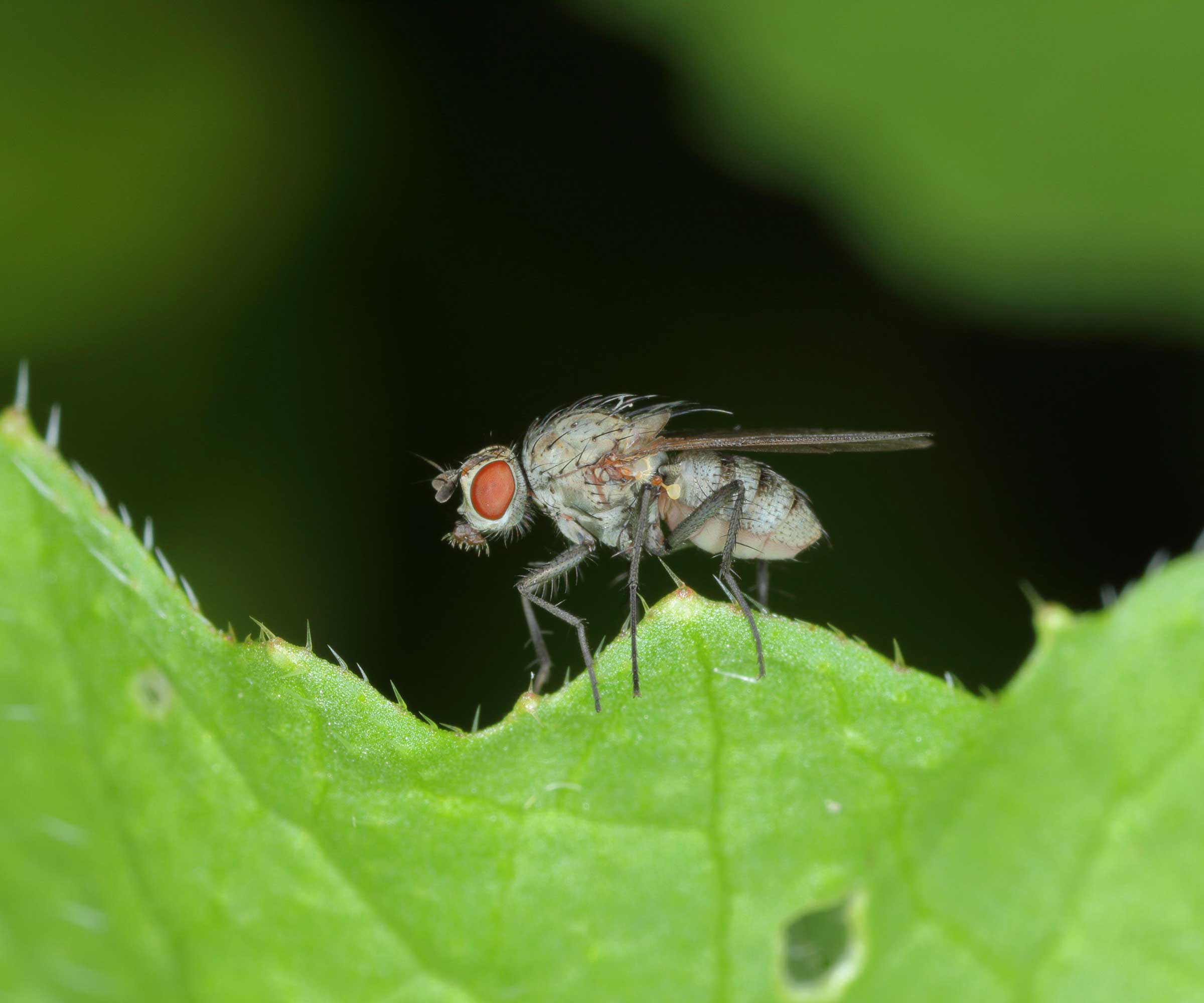
'Bean seed flies are a major pest of beans, tubers, leafy greens, and other vegetable crops,' says Emma Grace. She explains that the adult flies lay their eggs near the base of plants, and then the maggots that emerge feed on the seeds and roots. 'This makes them an exceptionally challenging spring pest for many gardeners who start their gardens from seed.'
'Check your garden for excess water or areas with damp, rotting vegetation to reduce fly presence,' continues Emma Grace. 'Overwatering plants can lead to root rot and overly moist substrates, attracting many flies. Additionally, consider keeping seed starts indoors to avoid exposure to flies during the plants' early development.'
Brad also suggests covering beds with fine mesh row covers to prevent flies from laying eggs.
5. Ants
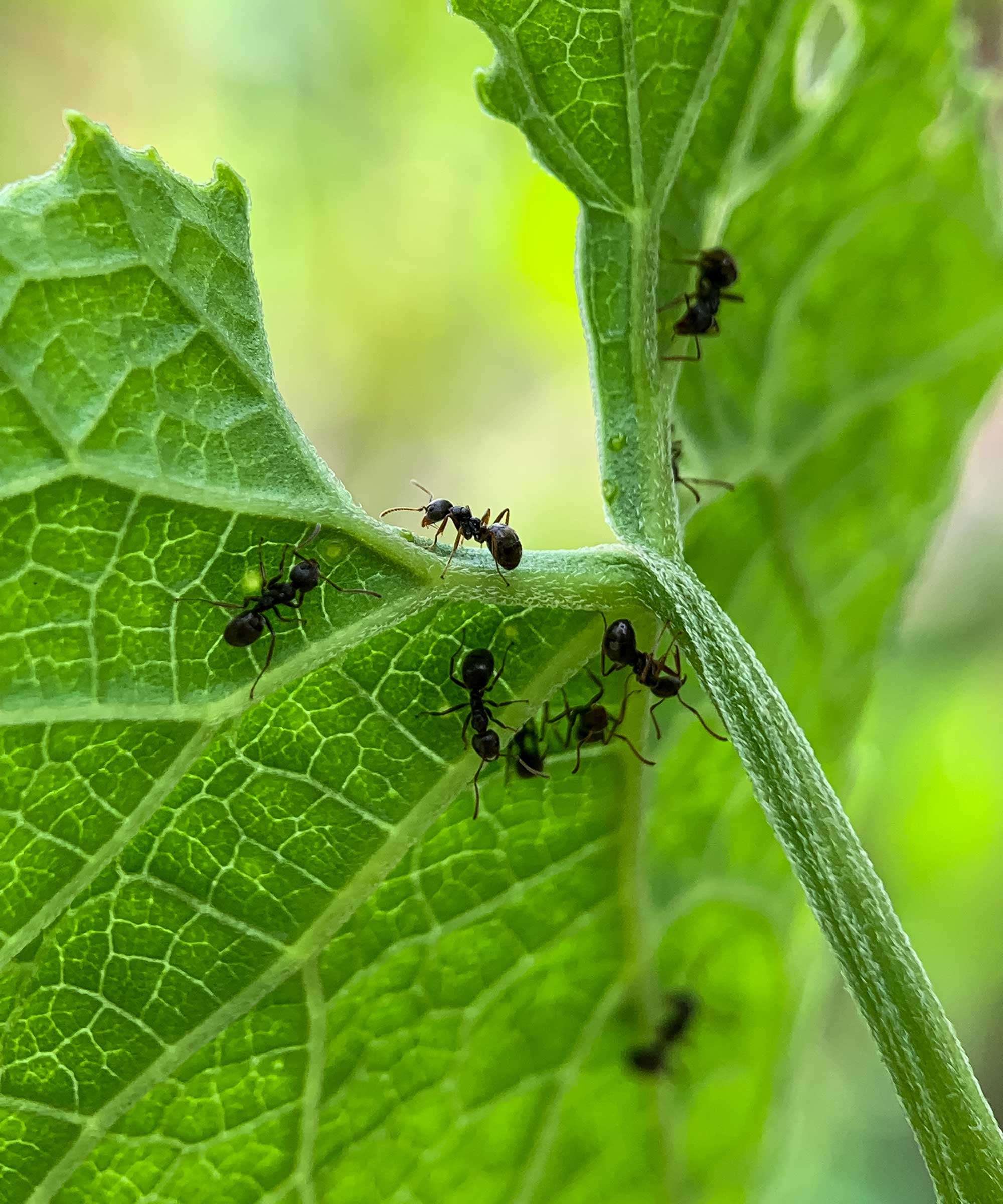
'Whether invading your garden to forage for food or building their nests in the middle of your plots, ants can significantly damage your plants,' says Emma Grace.
'Even if the ants themselves don't chew the leaves and stems directly, some ants farm aphids that can hurt your plants even more. Ants enjoy eating the “honeydew” by aphids and will herd these pests together on plants to harvest the sugary substance.
'Ants make trails to and from their nest and food sources, and following these trails can show you what they're eating and where their colony is,' Emma Grace continues. 'Finding and treating the nest is important for getting rid of ants in your garden. Contact a professional pest control company, like the technicians at Mosquito Squad Plus, for a robust and effective treatment plan.'
There are some other things you can do to deter them, however. For instance, Emma Grace suggests adding diatomaceous earth around your garden to discourage ants from foraging.
Brad also recommends making a DIY citrus spray by boiling orange or lemon peels in water, letting it cool, and applying it around plants. 'Ants hate strong citrus smells and will avoid treated areas.
'Keeping compost bins sealed and cleaning up fallen fruit also helps prevent infestations,' he adds.
FAQs
Can birds be a pest in the garden in spring?
Birds are lovely to watch in a garden. But, some can be a bit of a menace when it comes to digging up freshly planted seeds – including grass seed – and seedlings. Putting some protective covers temporarily in place, and using a deterrent, such as a scarecrow, can help.
Are slugs active in spring?
Yes, keep an eye out for slugs in your garden this season. The warm and wet spring weather is perfect for them, as are fresh and tender greens.
Don't forget about the winter garden pests, too – many will still be active in spring, and looking for plants to eat.







